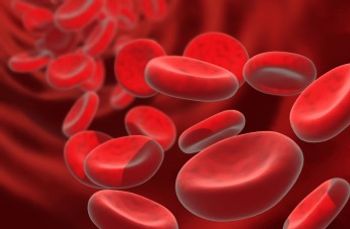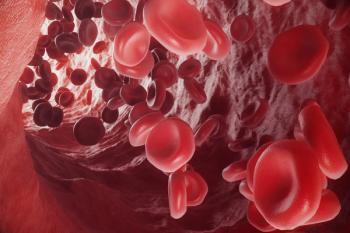
Miami Breast Cancer Conference® Abstracts Supplement
- 42nd Annual Miami Breast Cancer Conference® - Abstracts
- Volume 39
- Issue 4
- Pages: 42-43
102 Novel Prognostic and Predictive Locoregional Biosignature for Risk Stratification of Early-Stage Hormone Receptor–Positive Breast Cancer
Background
The role of adjuvant therapy for patients with early-stage, hormone receptor–positive (HR+) invasive breast cancer (IBC) following breast-conserving surgery (BCS) has been the subject of the ongoing investigation. Past studies have heavily relied on risk stratification based on clinicopathological features and have failed to identify a true low-risk population that can omit adjuvant therapy without increasing the risk of locoregional recurrence (LRR). Integration of molecular markers using a multiomic approach offers the potential to enhance risk assessment through tumor biology assessment. This study evaluates the use of multiomic biosignatures to predict LRR risk and radiation therapy (RT) and endocrine therapy (ET) benefits for early-stage HR+/HER2-negative (HER2–) IBC.
Materials and Methods
A total of 782 patients with IBC (T1/2N0/1M0, HR+, HER2–) treated with BCS (1986-2022) were identified from a multi-institutional cohort. Two biosignatures were developed that calculate individualized results for the prognosis, decision score (DS), and prediction of RT benefit, RT score (RTS) on 10-point scales. The association between 10-year LRR risk, the biosignatures, the benefit of RT and ET, and the interaction between RTS and RT was assessed using multivariable Cox proportional hazards analysis (MVA).
Results
The median age of the cohort was 64 years, with a median follow-up of 11 years. Overall, 78% (n = 610) of the patients received RT and 39% (n = 307) received ET with 31% (n = 242) of the total receiving both ET and RT. With the inclusion of biosignatures (DS/RTS), MVA found age older than 50 years (HR, 2.4; P <.001) was associated with increased LRR as were increasing DS (continuous HR, 3.3; P <.001) and RTS (interaction with RT P <.001, HR, 3.5), while receipt of RT had HR, 0.2 (P <.001) and ET had HR, 0.7 (P = .17). In patients 50 years or older, excluding N1 disease, (n = 630), increasing DS (continuous) was associated with increasing LRR risk HR, 4.0 per 5 units (P <.001) and RTS and RT interaction was significant (P <.001). For 22% of patients (n = 141) with categorical (LRS ≤4), average 10-year LRR risks were 5% or more for patients treated with/without ET and with/without RT, where ET (P = .85) and RT (P = .97) were not associated with LRR risk.
Conclusion
The biosignatures were prognostic for LRR risk and predictive for RT benefit and identified a clinically low 10-year LRR risk group. This initial cross-validation indicates that the test may be a useful tool to aid in the assessment of the benefit of adjuvant therapy in early-stage HR+/HER2– IBC.
Articles in this issue
Newsletter
Stay up to date on recent advances in the multidisciplinary approach to cancer.


















































































